In Seattle, 1983, a Starbucks employee named Howard Schultz traveled to Italy and fell in love with Italian café culture. This moment in time would eventually spark a renaissance in American coffee culture, and cause a ripple effect leading us to the bearded-barista making latte art for our cortado-loving creative class.
Starbucks paved the way for mass coffee consumption in the U.S., and in many ways introduced espresso to Americans across the nation. Their unique approach to their cafés resulted in exponential growth. Their influence trickled down to independent coffee roasters and stores who in turn sought to revolutionize coffee consumption, yet again by focusing on nuanced, lighter flavors and direct relationships with single-origin farmers. Companies like Blue Bottle, Stumptown and Intelligentsia would become the next generation of cafés with their baristas our everyday craftsman, serving carefully brewed coffee in a Heath Ceramics mug. This revolution sparked what is now considered the third wave of coffee—a standard in metropolitan cities such as Los Angeles, New York, Chicago and San Francisco.
But one city has largely been regarded as the birthplace of specialty coffee, credited with lighting the torch for America’s coffee revolution: Seattle, Washington.
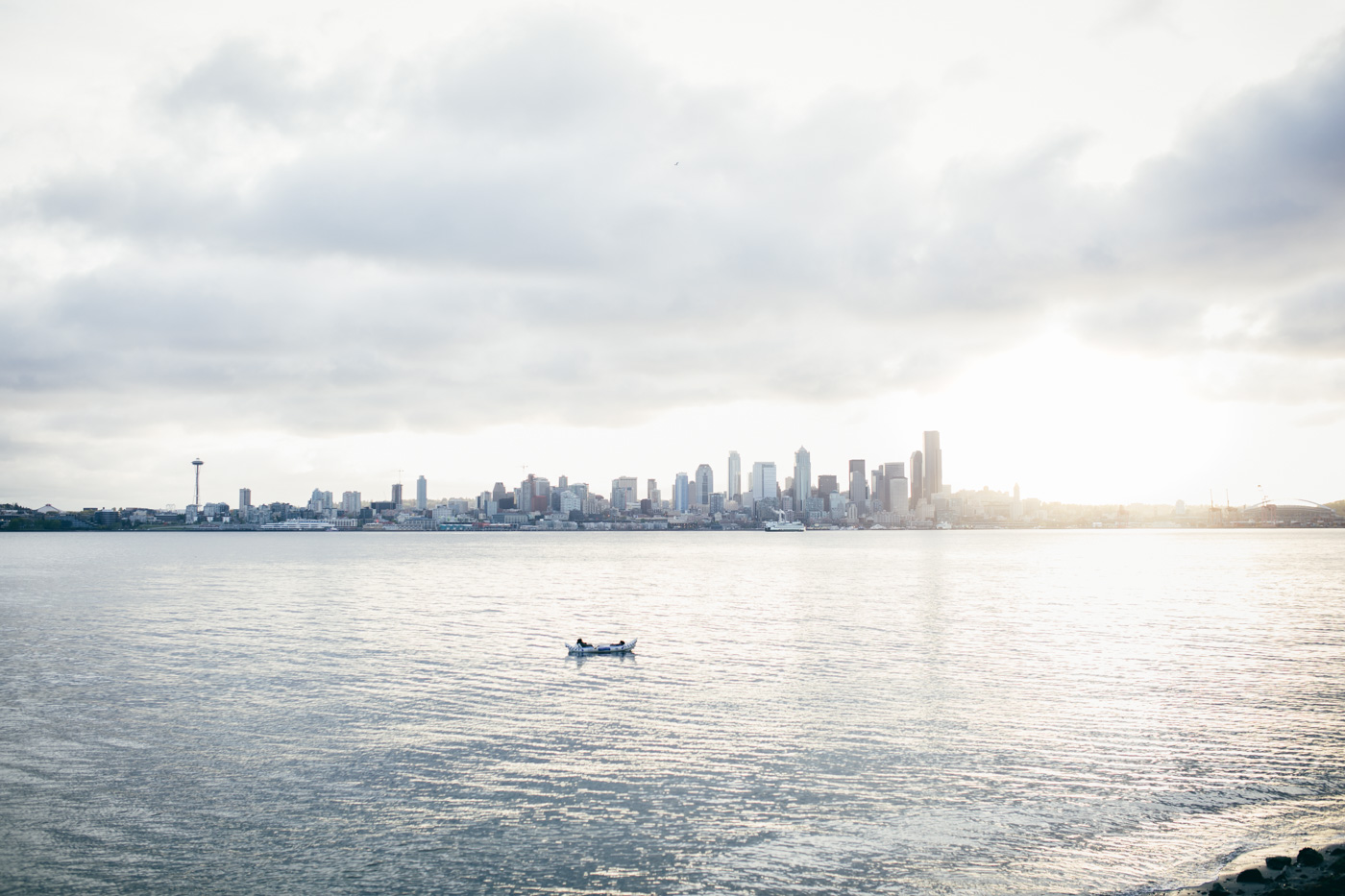
“Seattle represents the place where specialty coffee really began in the U.S. Without landmark shops like Café Allegro, Café Vivace and Starbucks we wouldn’t have the popularization of high-end coffee that we have now,” says La Marzocco Home’s Director, Scott Callender. “Seattle has a unique mix of weather, culinary interest and European influence that came together to make it the perfect place for specialty coffee to catch on.”
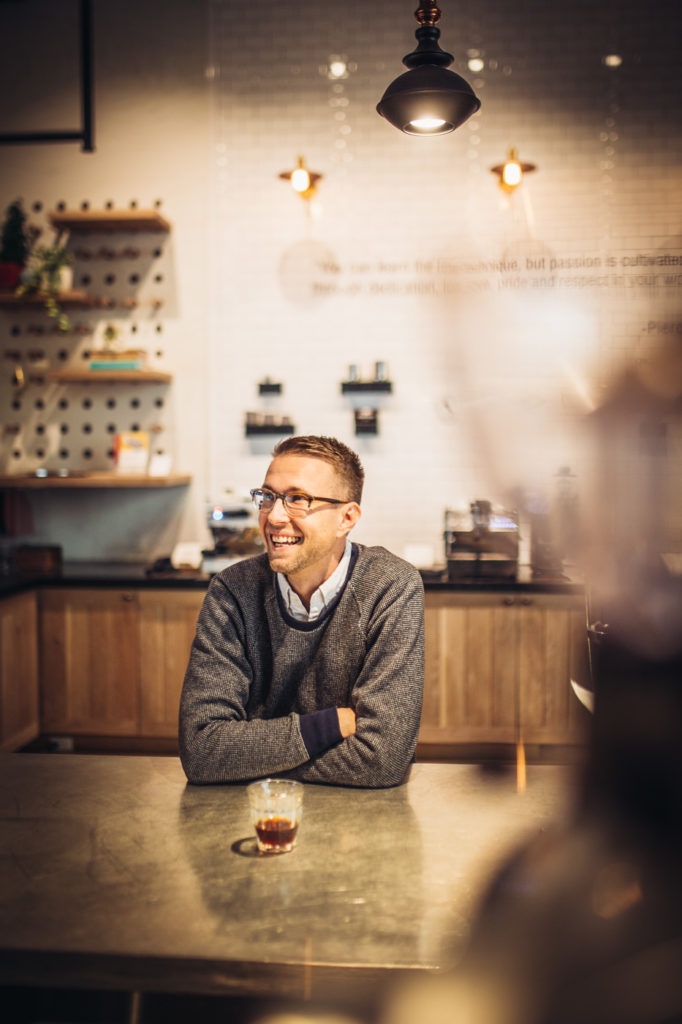
If the barista and the experience are the soul of a café, La Marzocco is the beating heart of many of these coffee shops; their espresso machines are where a barista works to extract the perfect shot. While their inception was in the 1920s, in Florence, Italy, the company’s birthplace in the United States was Seattle during the rise of Starbucks. Soon, their machines became the espresso vehicle for café owners across the nation—and around the globe.
With such a rich history of coffee in Seattle, I set out to visit as many cafés as I could in 48 hours with Callender’s help. “The story of coffee in Seattle is deep and evolving,” he says. “It is a rare place where you can still find cafés that give you a complete picture of the formation of the U.S. specialty coffee movement.” So, with camera in tow, and an In Case I Have a Heart Attack From Coffee Overdose note with an emergency number, I ask Callender to take me on a guided tour—from the cafés that are a blast the past, to those that represent specialty coffee today, all with a side of commentary.
Cafés From Yesteryear

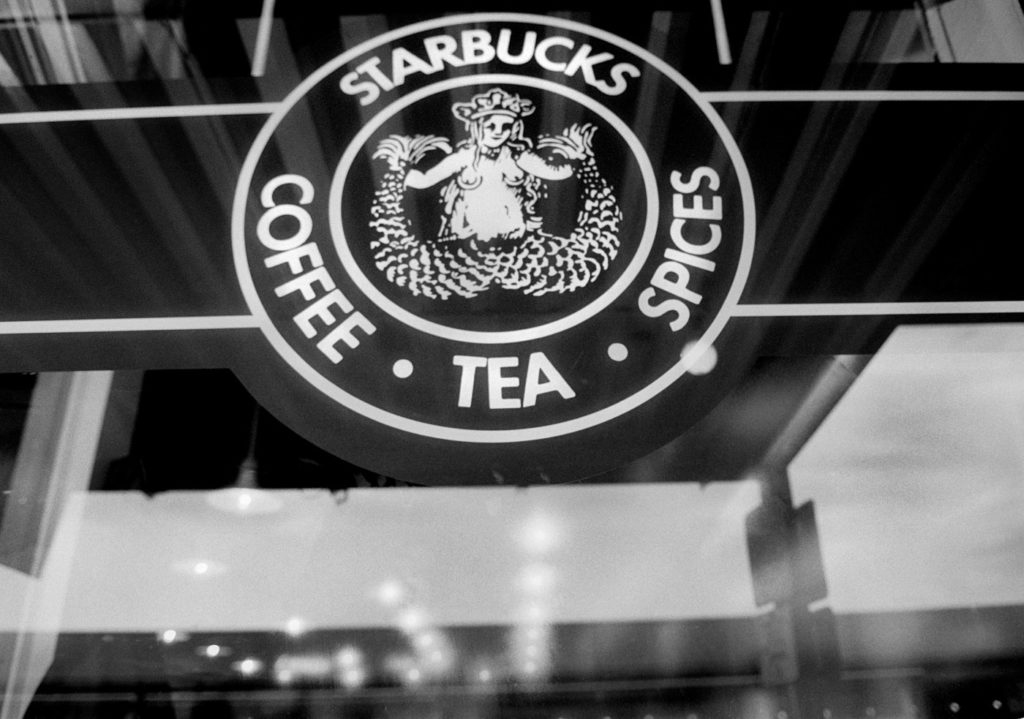
Original Starbucks
1912 Pike Place
“The original Starbucks store is technically the second Starbucks location. Originally Starbucks only sold whole-bean coffee that had been freshly roasted. It wasn’t until 1986 that Starbucks ran cafés. This setup is really the model of the café culture that spread rapidly around the nation with the expansion of Starbucks.”
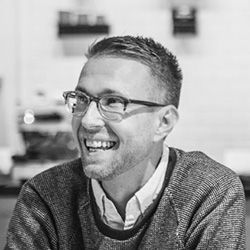
Scott Callender
“Fun fact: this is the only Starbucks location with the original logo.”
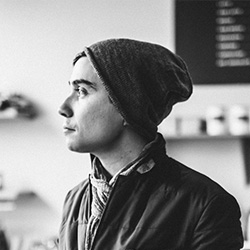
Antonio Diaz
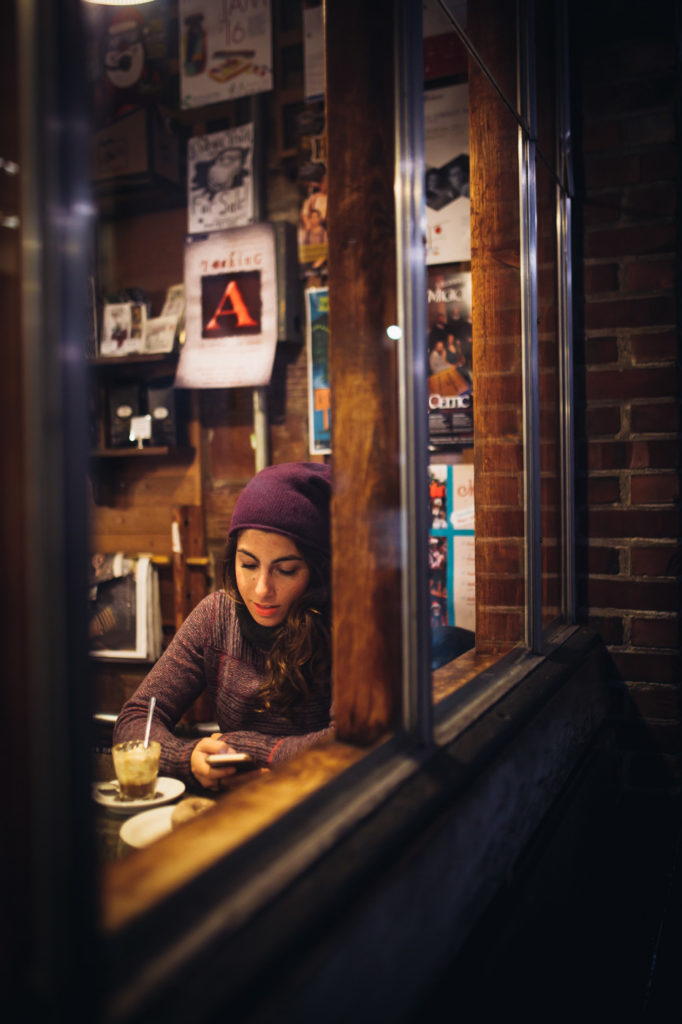

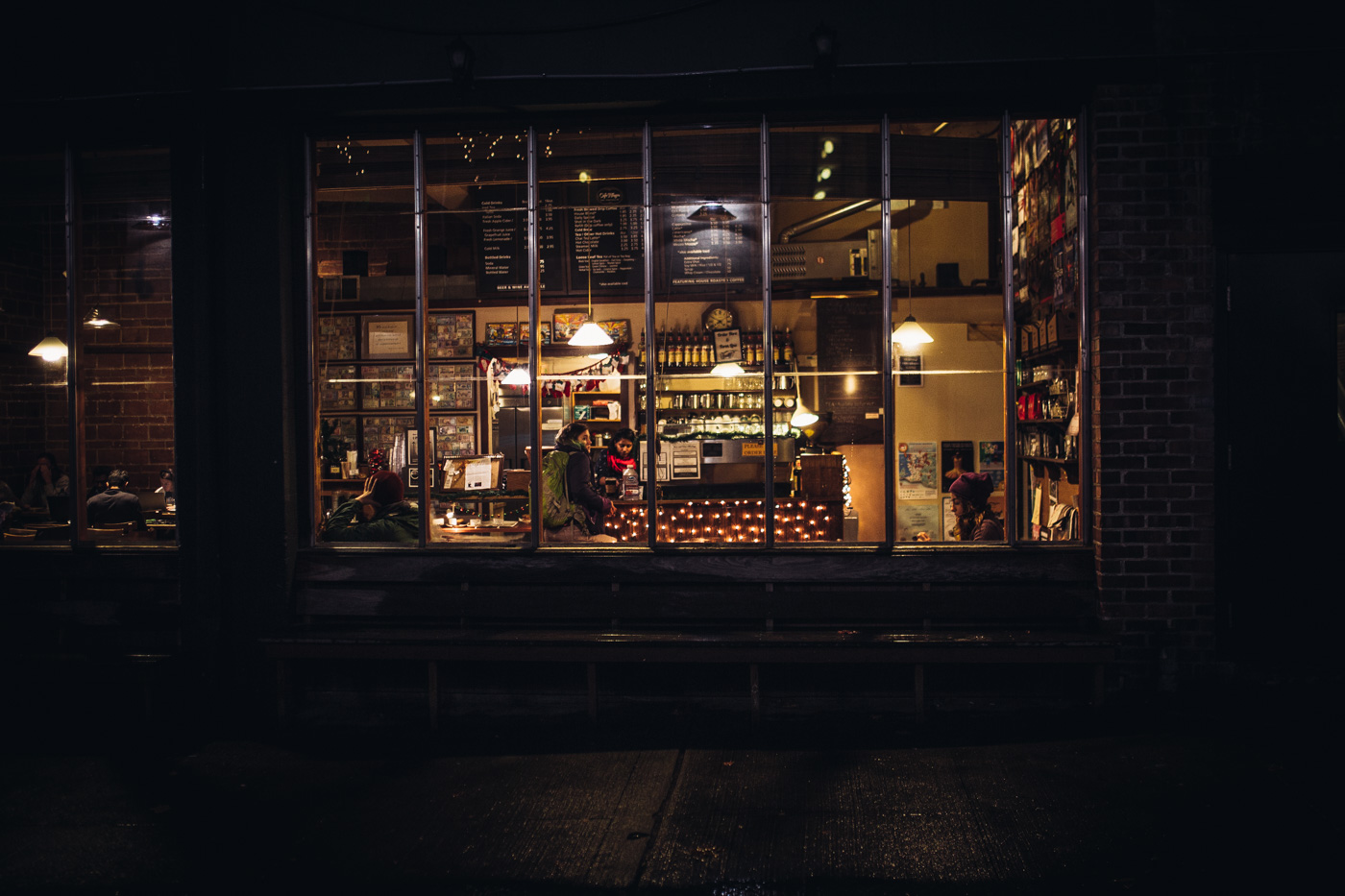
Café Allegro
4214 University Way NE
“Howard Schultz credits Café Allegro as being one of the inspirations for what Starbucks would eventually become. It was the first espresso bar in Seattle, and its founder, Dave Olson, was to become extremely influential in the building of the Starbucks brand and coffee style.”

Scott Callender
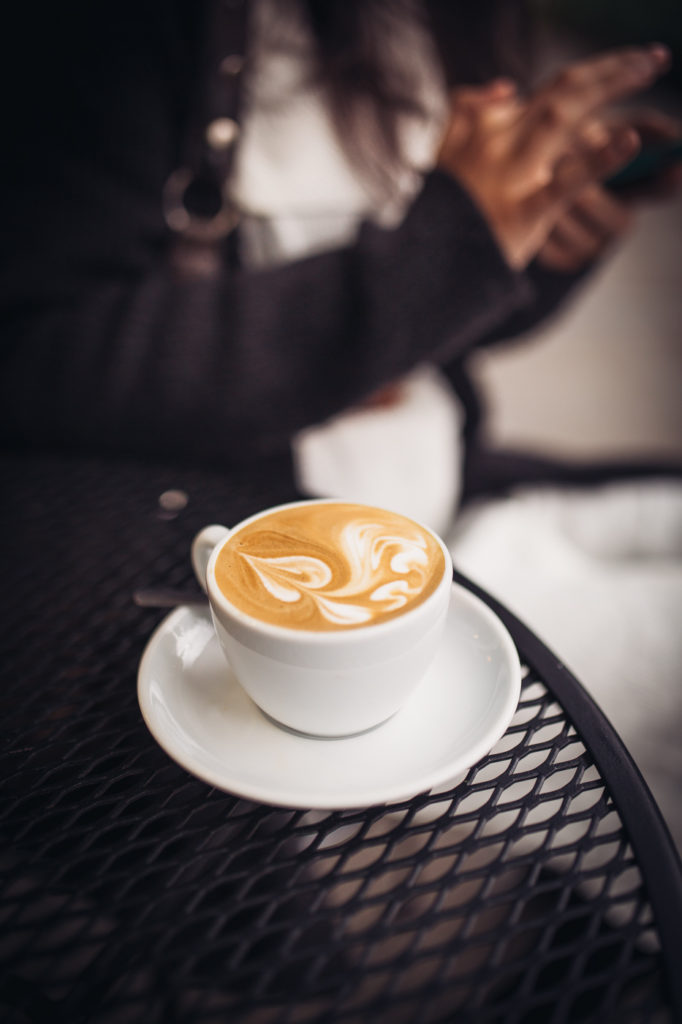
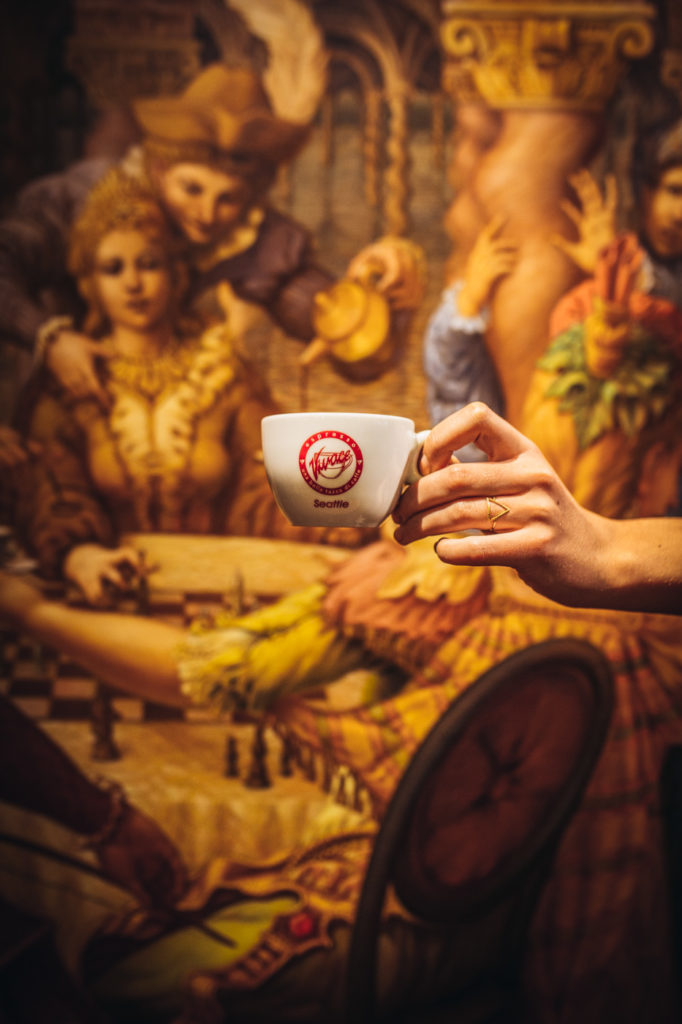
Espresso Vivace
227 Yale Ave N
“Espresso Vivace represents what many consider to be the first third wave style café. Its founder and owner, David Schomer, was the first to start roasting a bit lighter than Starbucks and introduced latte art as a feature on all of his milk drinks. To many, he represents the antithesis to the mass consumer specialty coffee market that Starbucks represents. His commitment to making each drink by hand with attention to every detail is still a way that third wave shops differentiate their style of coffee to what Starbucks offers.”

Scott Callender
“This is a place to observe every detail. Lining their walls and espresso bar is artwork representing coffee stories and history from bygone eras.”

Antonio Diaz
Cafés of Today
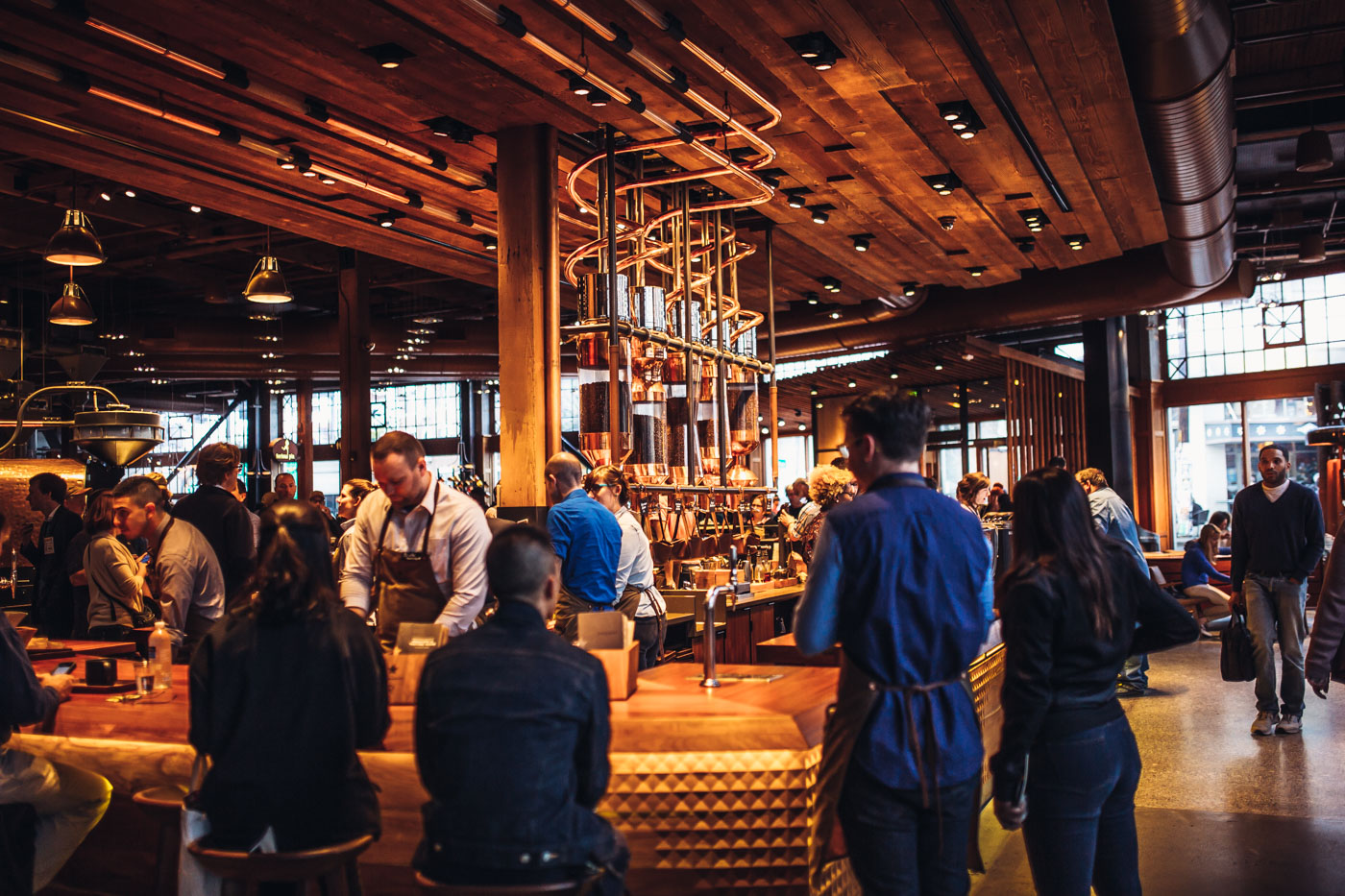
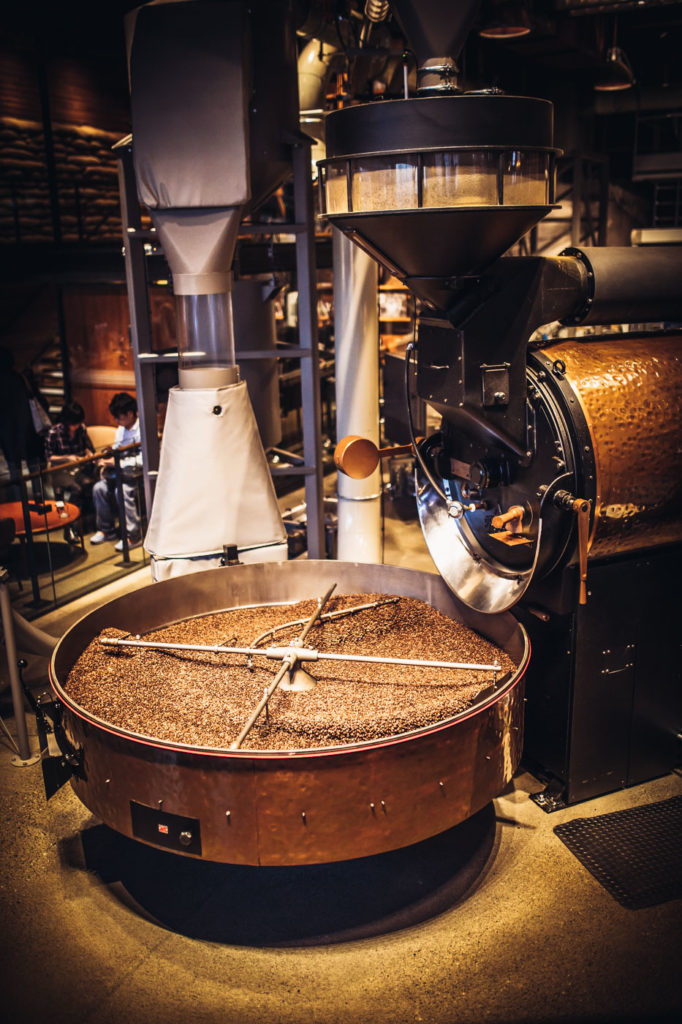
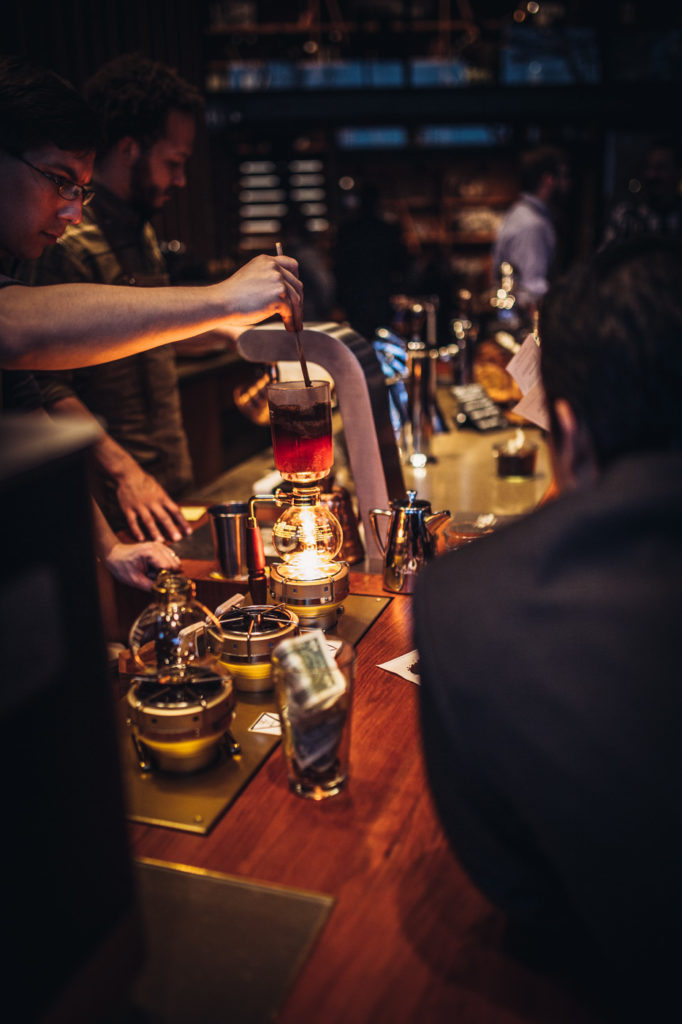
Starbucks Reserve Roastery and Tasting Room
1124 Pike St.
“The Starbucks Reserve store is a great place to visit after visiting the original Starbucks to see just how far Starbucks has evolved. It truly is the Willy Wonka factory of specialty coffee. It is a beautiful space and gives visitors an idea of how much goes into running a global coffee icon.”

Scott Callender
“Truly, the most beautiful and sophisticated café on the planet. While there is a bar specific to espresso, and one for pour-over, be sure to also visit the siphon bar to watch your coffee crafted in the form of a science experiment.”

Antonio Diaz
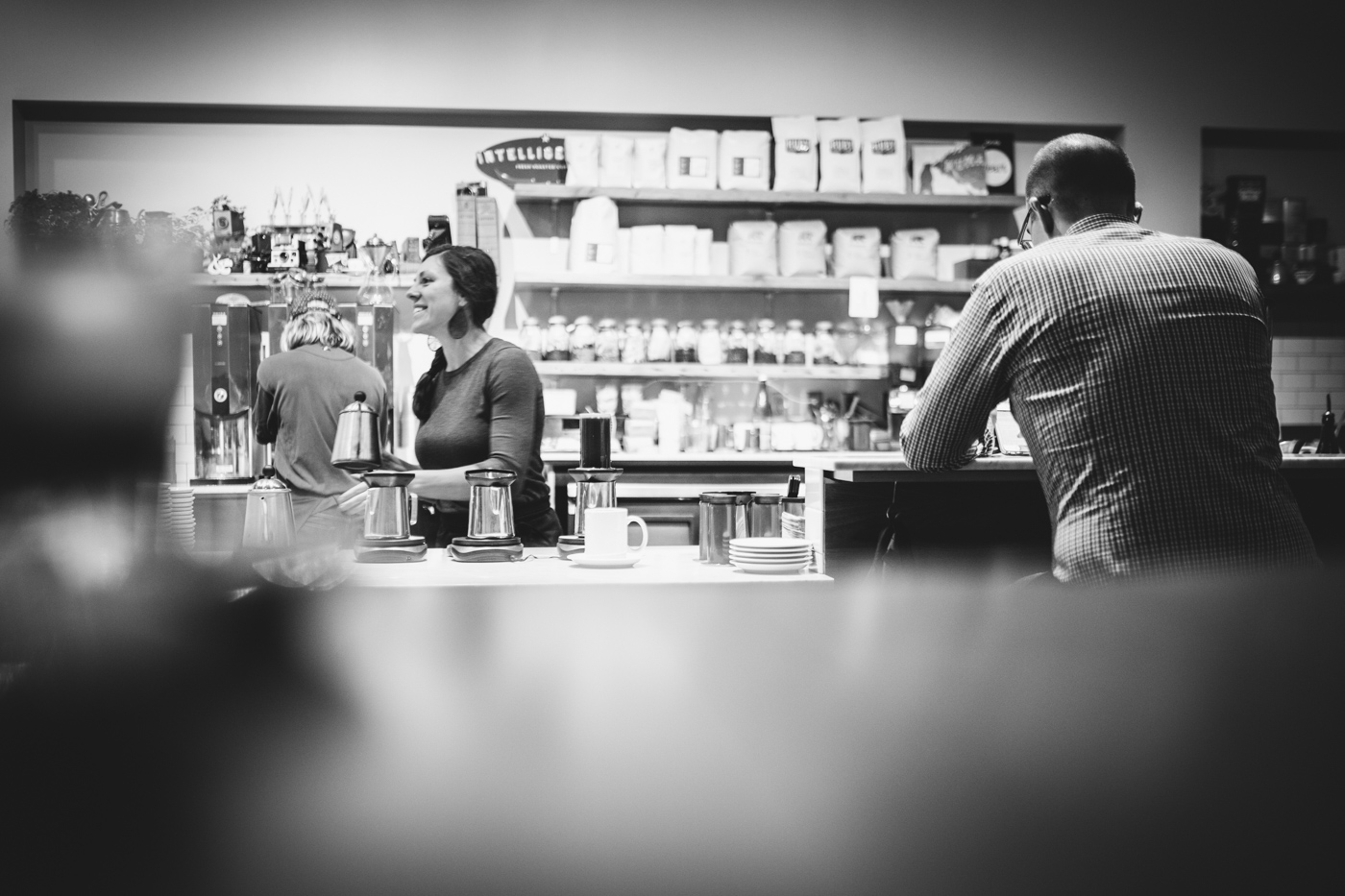
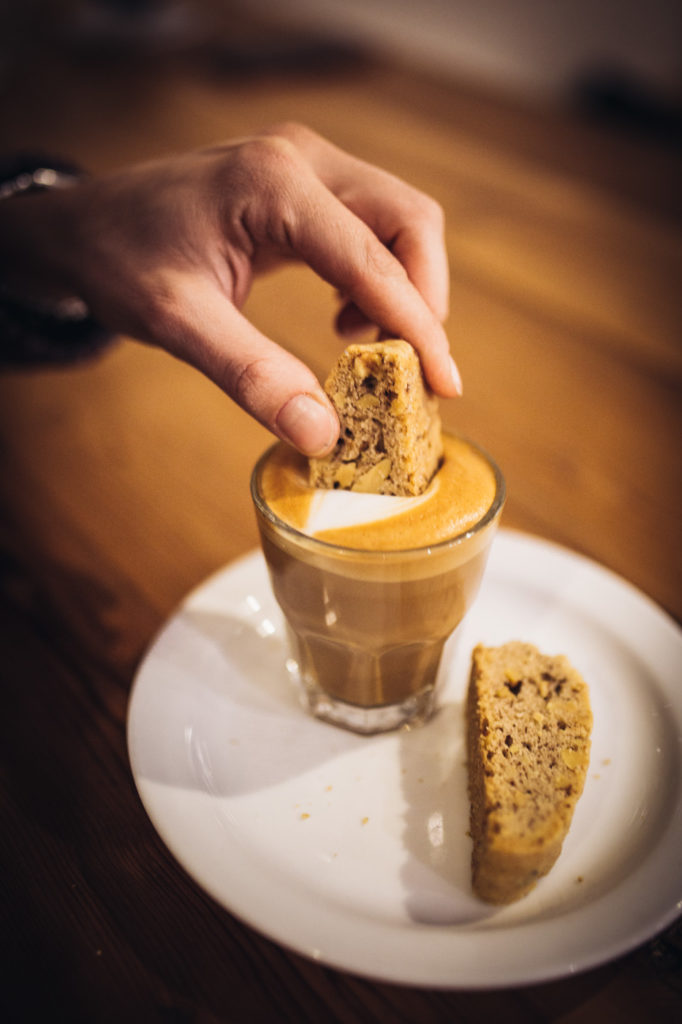
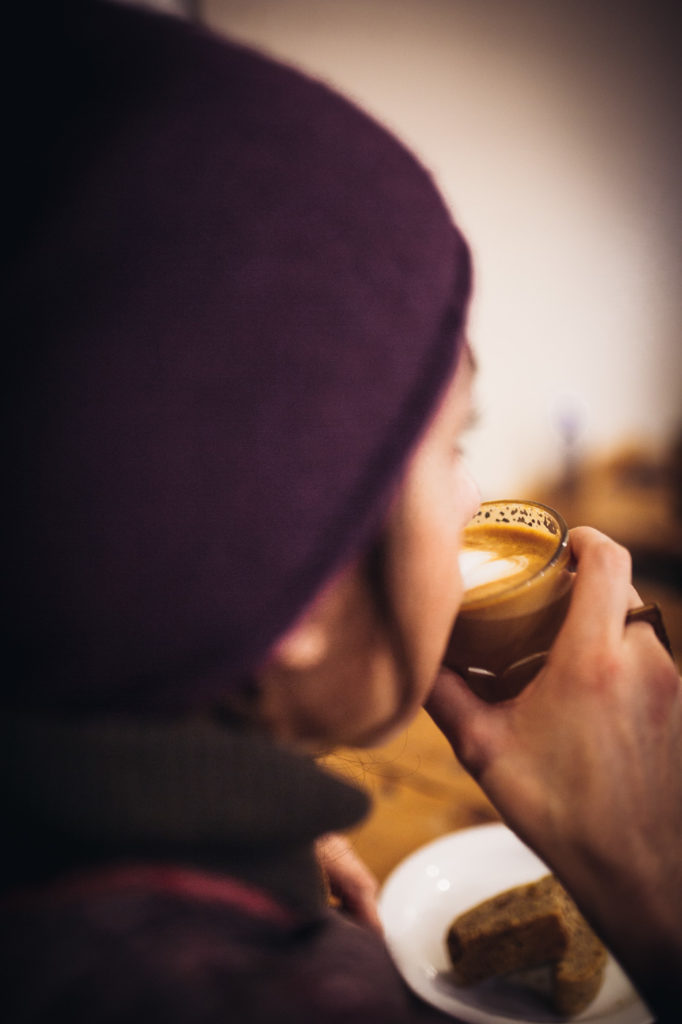
Milstead & Co.
900 N 34th St
“Milstead is a multi-roaster café, a concept that offers multiple coffees from different roasters around the nation. In the way craft beer has become popular through the spreading of micro-breweries, Milstead shares the variety of micro-roasteries that are popping up around the U.S.”

Scott Callender
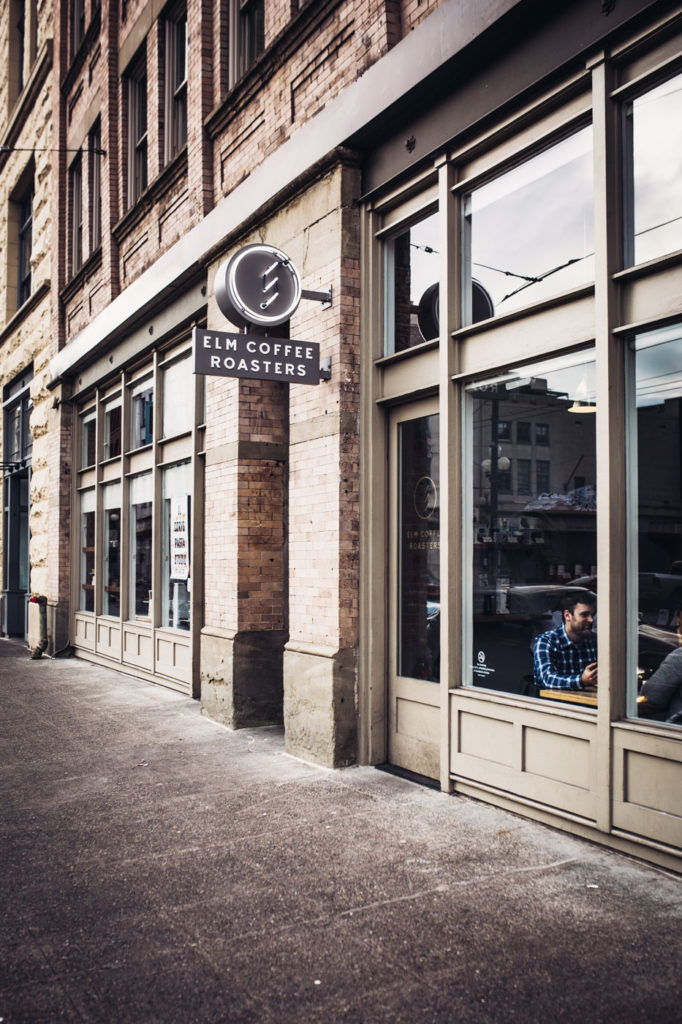

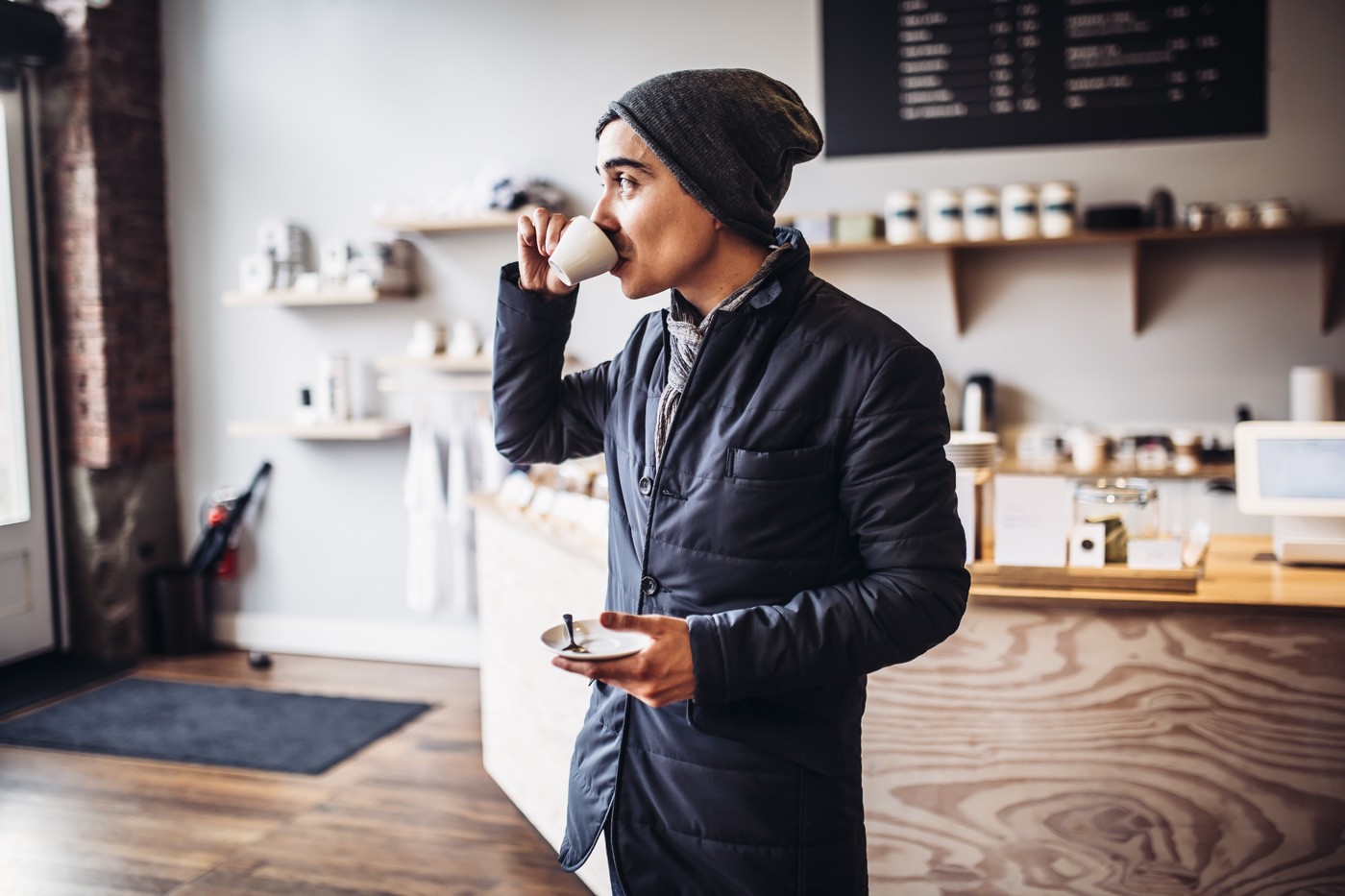
Elm Coffee Roasters
240 2nd Ave S #103
“Elm roasts their coffee in their café in a lighter style than is popular among the newest generation of third wave cafes. Their café is very modern and clean in its design and represents the new thought in café design from the warm big comfy couches of the ‘90s cafés.”

Scott Callender
“If you’re feeling jittery by this point from the espresso, I suggest sipping on one of their carefully curated teas from Song Tea.”

Antonio Diaz
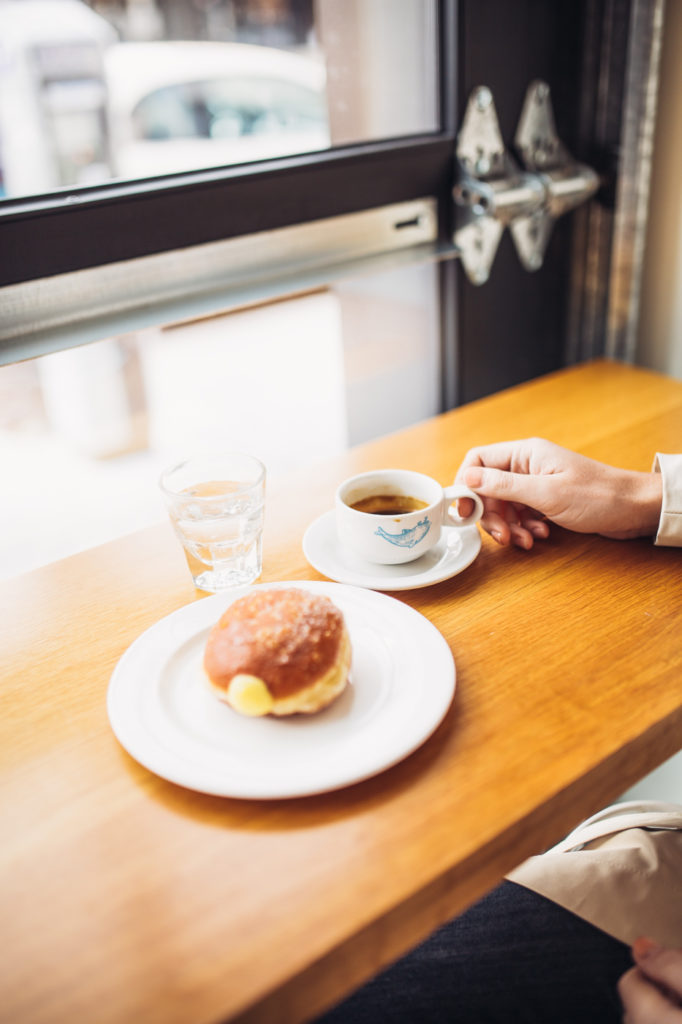
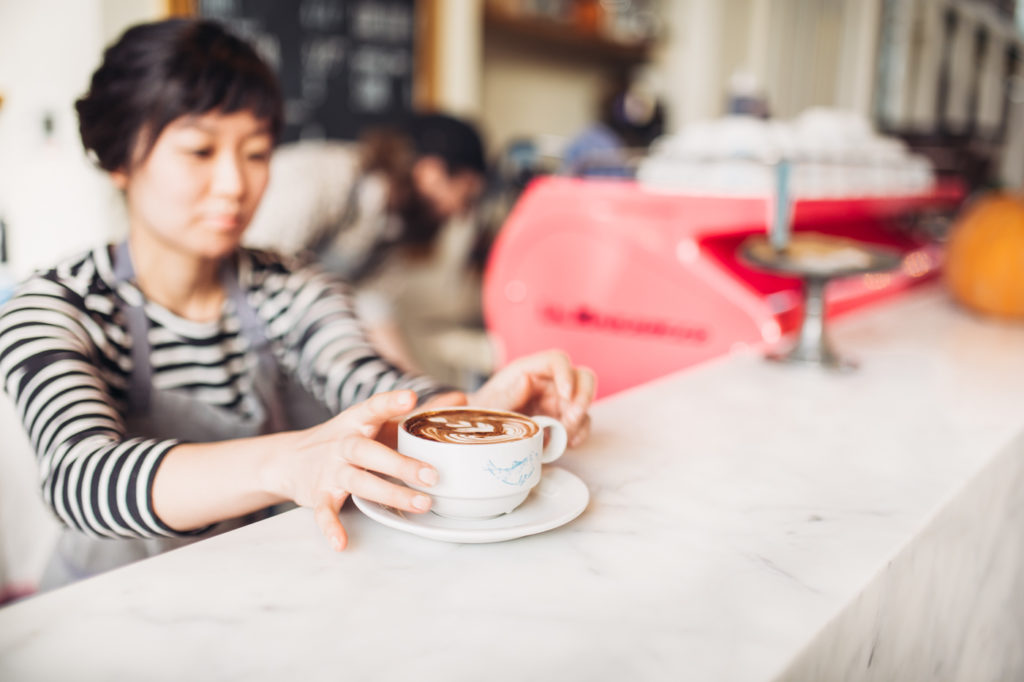
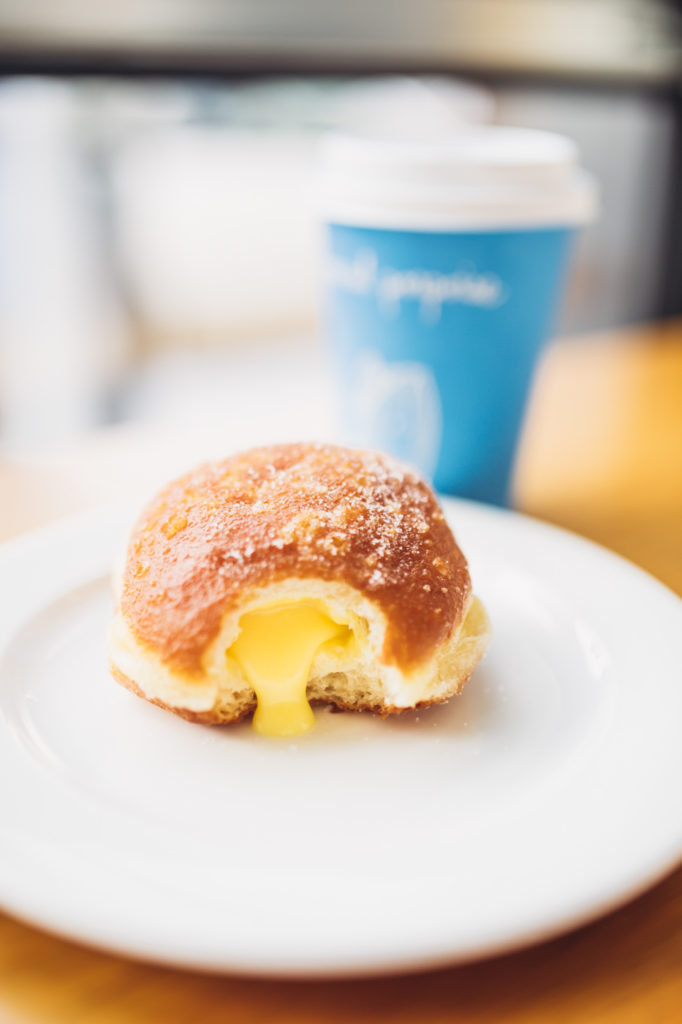

General Porpoise Doughnuts
1020 E. Union St.
“General Porpoise serves the highest quality third wave coffee along with housemade donuts filled with incredible things like lemon curd, vanilla cream and pluot jam. This represents the marriage of a third wave coffee experience with a high-end culinary product.”

Scott Callender
“Anyone with a frown on their face needs to visit this shop to immediately be uplifted by a fluffy cloud of sweet, sweet doughnuts.”

Antonio Diaz
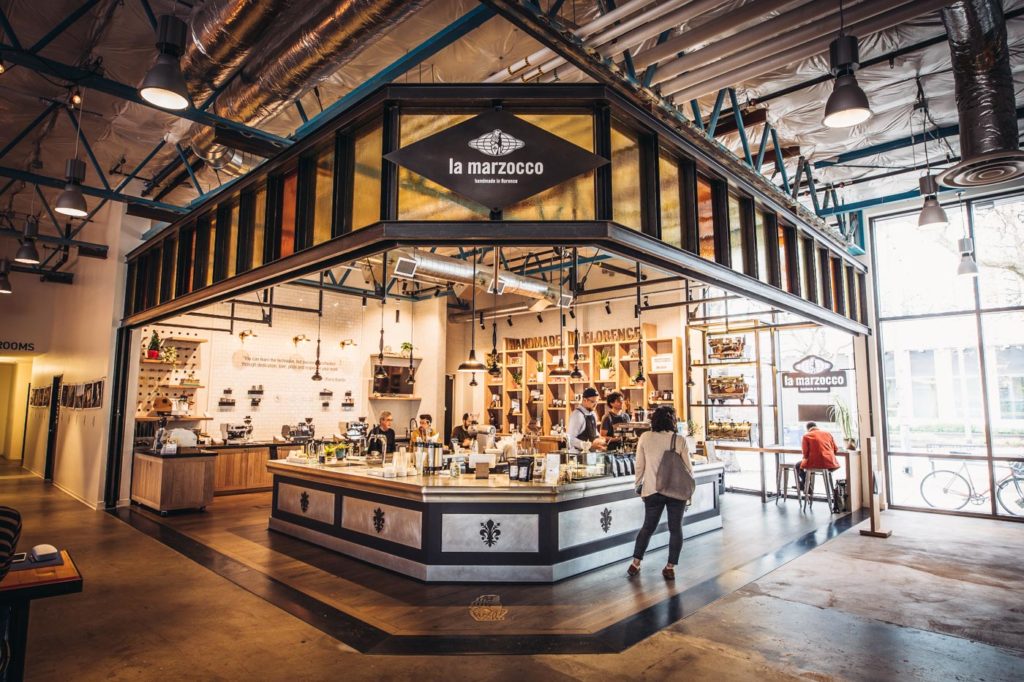
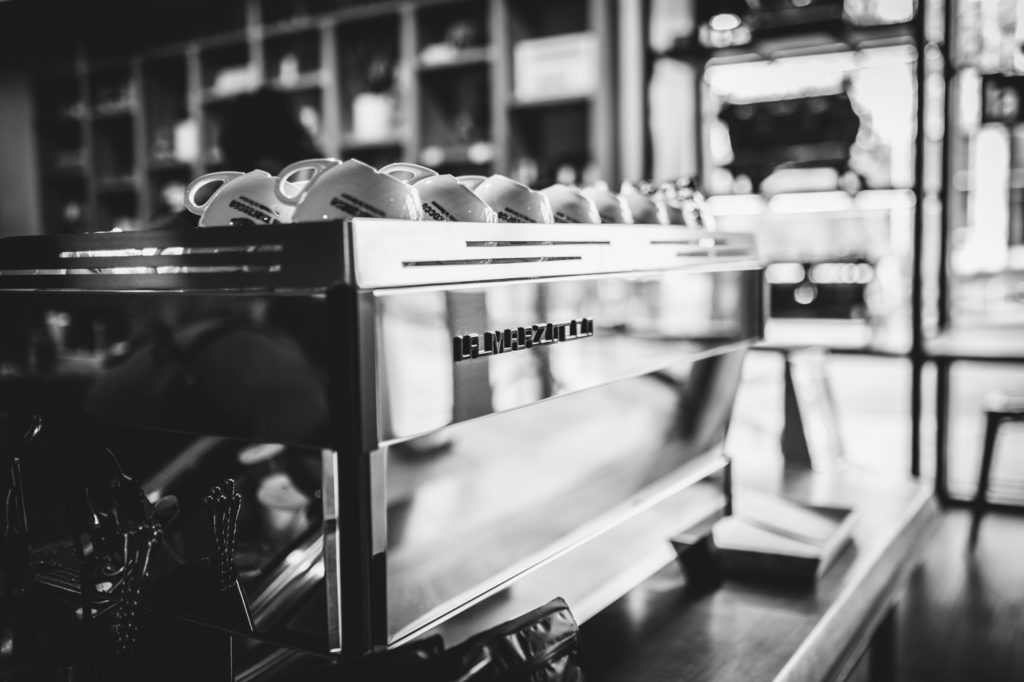
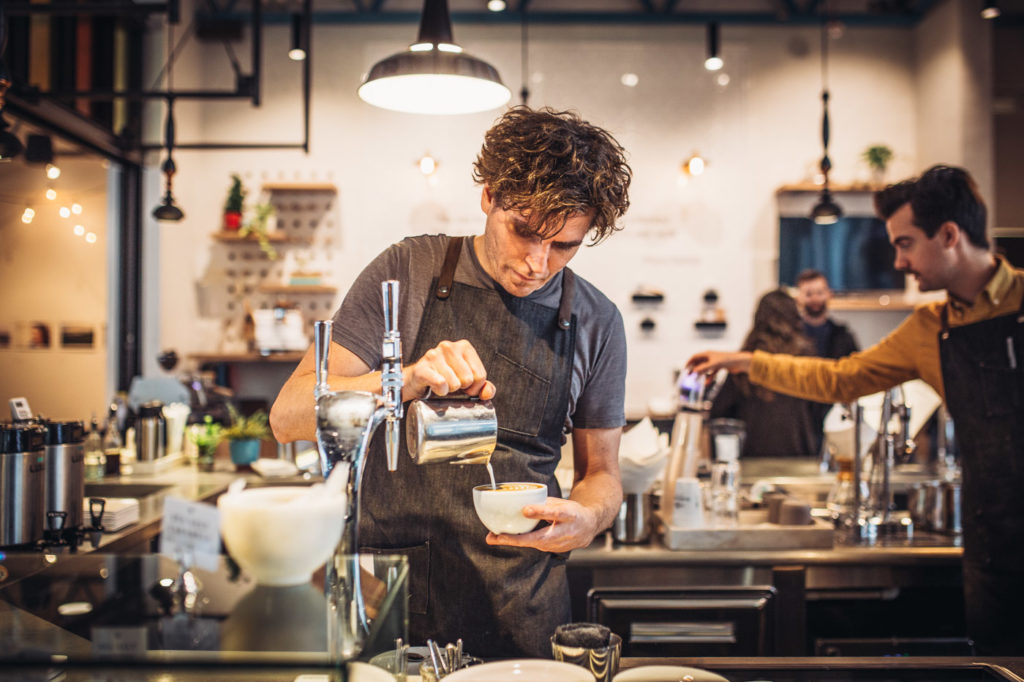
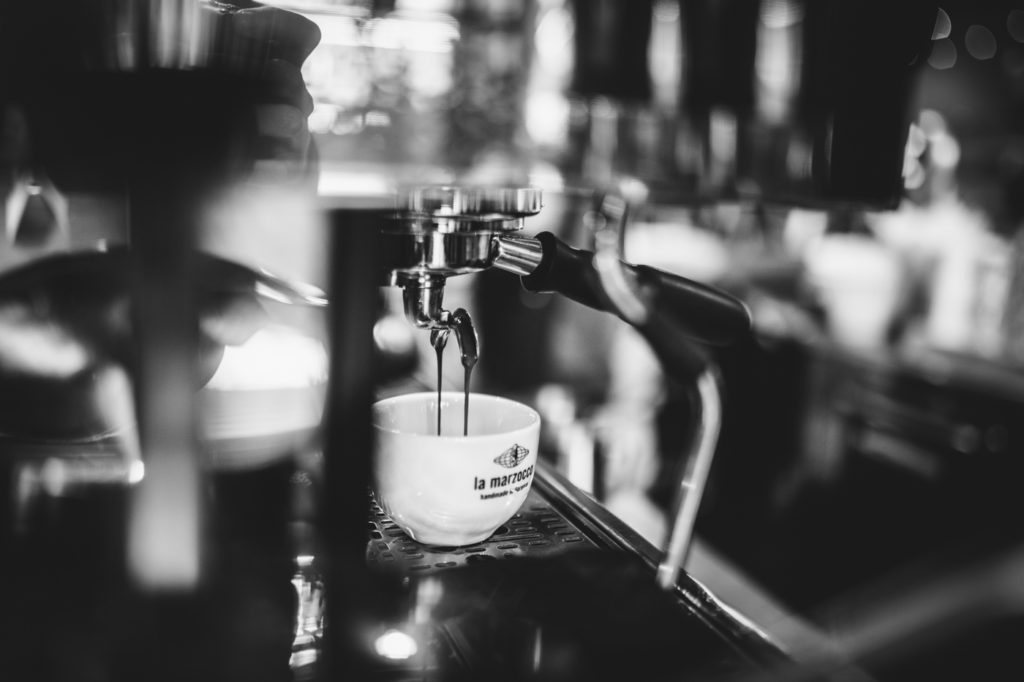
La Marzocco Café
472 1st Ave N
“Instead of being a multi-roaster café in the style of Milstead, La Marzocco Café is taken over every month by a different coffee business from around the world. The bar flow, menu and coffees at the café completely change, offering Seattleites an opportunity to experience how specialty coffee is being interpreted by different roasters and cultures. La Marzocco prides itself on being the instrument coffee professionals use to share their expression of coffee; La Marzocco Café is the physical representation of that idea.”

Scott Callender
“La Marzocco Café also serves as a showroom for La Marzocco Home machines, like the Linea Mini. They do not run cheap, but they’re a must for the serious home barista. Perhaps one day I will be able to afford one, but until then, I’ll continue bugging professional baristas for my ‘spro fix.”

Antonio Diaz
Original Starbucks store photography provided by Starbucks. Special thanks to Carly DeFilippo and Katrina Frederick.





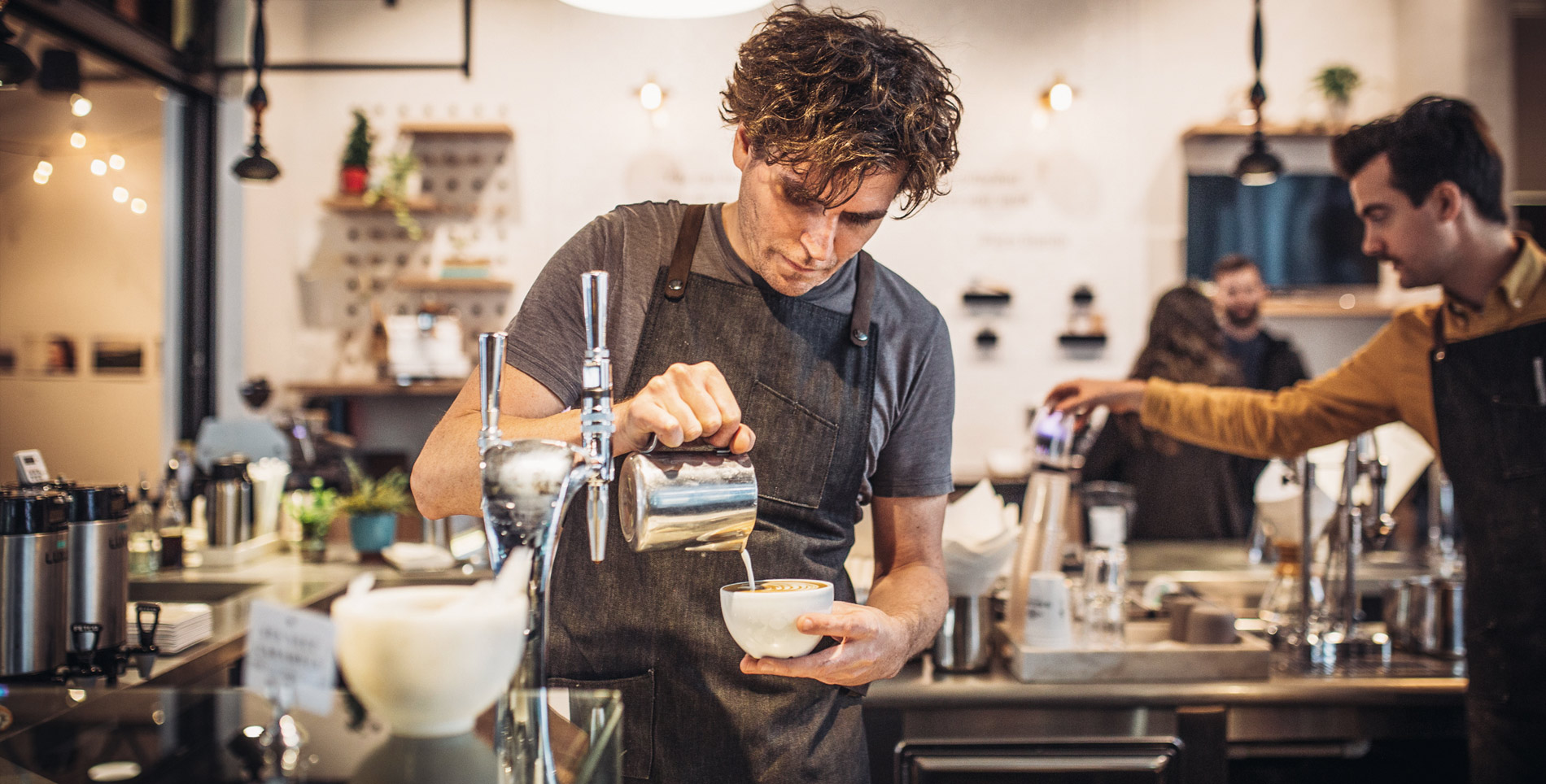

Our comments section is for members only.
Join today to gain exclusive access.